Leaders in Children’s Health and Connected Health Policy Recommend Comprehensive Outreach to Providers and Families, Expanded Medi-Cal Reimbursement for Telehealth, and Implementation of Demonstration Projects
SANTA MONICA, CALIFORNIA (August 4, 2015) — A new report released today, “Realizing the Promise of Telehealth for Children with Special Health Care Needs,” details the benefits of and barriers to using technology to provide health care at a distance for the 1.4 million children in California who have special health care needs and their families. The Children’s Partnership, the UC Davis Children’s Hospital, and the Center for Connected Health Policy (CCHP), with support from the Lucile Packard Foundation for Children’s Health, provide recommendations to integrate telehealth into California’s health care delivery system for Children with Special Health Care Needs (CSHCN).
“When a parent has a child with special health care needs, they should be able to get the necessary care in a timely manner and at an affordable cost, regardless of their location,” said Jacob Vigil, Senior Program Associate at The Children’s Partnership. “The increased use of video conferencing, remote patient monitoring through smart phones, and other technology applications would make it possible for more children to get care they may otherwise go without, right in their own communities,” Vigil said. “Through expanded outreach to families and providers, and increased incentives for participation, we hope to make this a reality.”
CSHCN represent one out of every seven children in California. Most require multiple specialists, coordinated health care, and related services on an ongoing basis beyond those needed by other children. Provider shortages, lack of access to specialists, lack of affordable transportation, and other barriers prevent CSHCN from receiving the care they need. Research has shown that telehealth is effective at providing a range of timely services to children and can help improve their health outcomes.
“Telehealth has proven to be an effective tool in making the types of specialized care and coordination needed by CSHCN more accessible,” said James Marcin, MD, MPH, Medical Director of Pediatric Telemedicine at UC Davis Children’s Hospital. “Through our programs, we’ve seen expanded access to services that previously required families to drive six or more hours.”
The authors identified five main barriers to the adoption of telehealth: providers’ lack of knowledge about how to use and bill for telehealth; families’ lack of knowledge about the option to use telehealth; lack of a mechanism for providers to bill for some services delivered through telehealth; concerns by providers related to the costs and maintenance of telehealth equipment; and concerns related to ensuring patient privacy.
Mario Gutierrez, Executive Director of The Center for Connected Health Policy, said, “Where appropriate, providers and families should have the option to utilize telehealth to address health care and other support needs. The study helps convey an important message for the State to educate and train providers on using telehealth and to educate families about telehealth as an option for care.” The authors recommend that the State take a leadership role alongside stakeholders such as provider organizations, children’s and family advocates, and philanthropic organizations to inform providers and the public about telehealth and to ease any barriers preventing the wider use of Telehealth.
###
